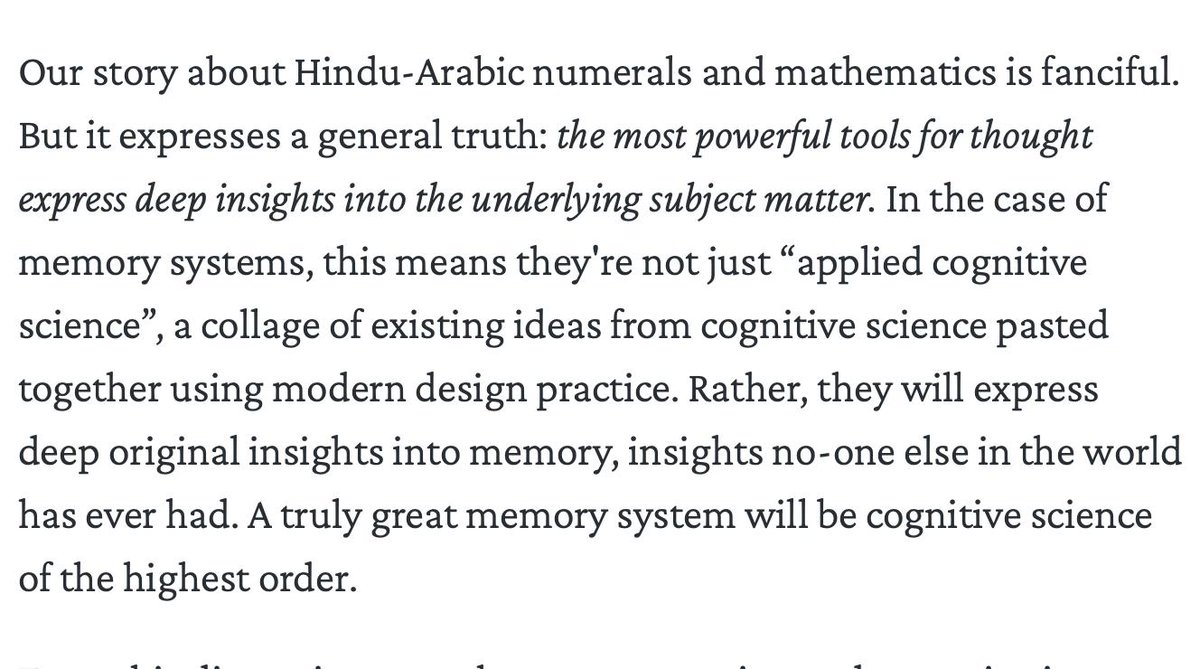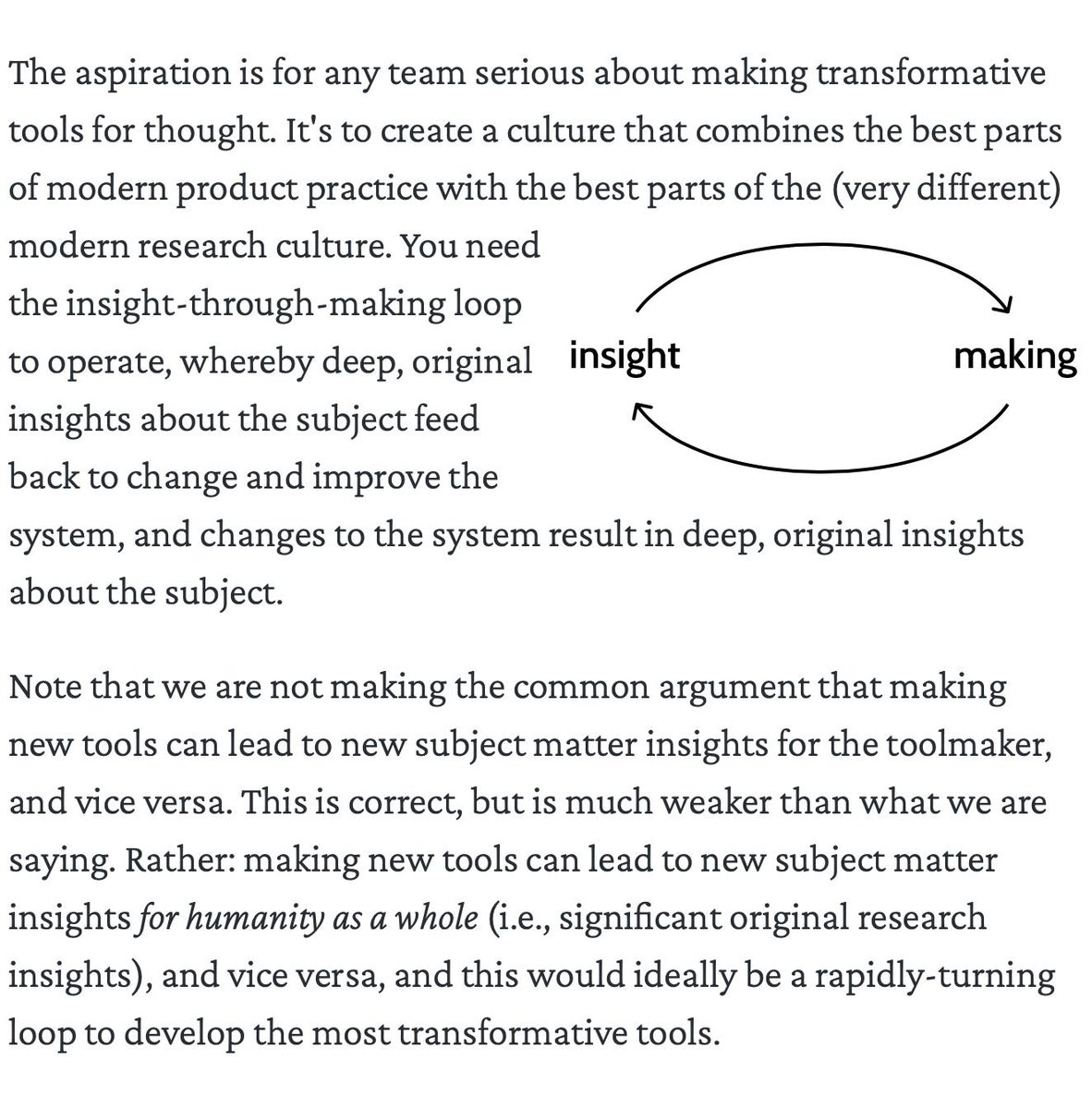If I need to fix a door, I’ll be reminded each time I see it. Digital task lists live in a dedicated app. I have no natural cause to look at that app regularly, so I need to establish a new habit to explicitly review my task list.
LiquidText is a lovely counterexample: it works hard to display annotations in context.














